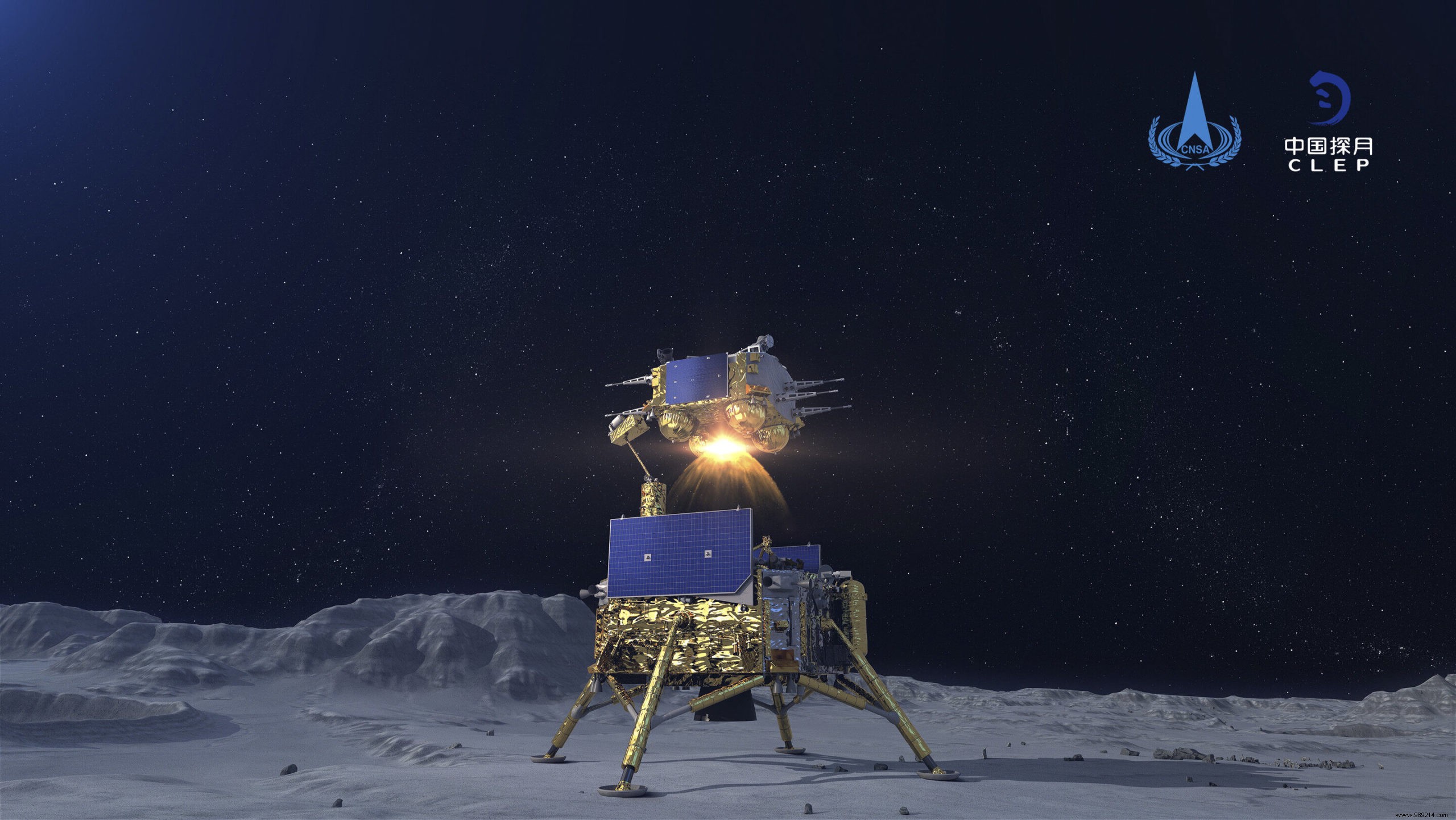Lunar, Martian, Jovian exploration, asteroid sampling, and expanding international cooperation… China's space schedule promises to be busy. Here, in broad outline, are the various efforts to come for the years 2021/2025.
The Chinese National Space Administration (CNSA) recently outlined the country's main space efforts for the period 2021-2025 during a press conference held on June 12 and reported by Spacenews.
As part of the lunar exploration, China will focus its efforts on the Chang'e-6 sample return mission and the Chang'e-7 mission, whose objective will be to conduct a detailed study of the environment and resources in the South Polar region. They will be followed by the Chang'e-8 mission which will focus on the use of in situ resources and on tests of 3D printing technology. All missions will integrate the first phase of the Lunar Research Station (ILRS) project, in collaboration with Russia.
CNSA Secretary General Xu Hongliang also discussed the development of an ambitious mission to return Martian samples and a probe aimed at the analysis of Jupiter. A landing on the Galilean moon Callisto would also be considered. These missions are scheduled to launch in 2028 and 2030 respectively.
In 2025, an asteroid sample return mission will also be launched. The target will be 469219 Kamo'oalewa, a quasi-satellite of Earth discovered in 2016 by the Pan-STARRS program.
Regarding human spaceflight, China plans to complete the construction of its new space station by the end of 2022. As for satellite applications, the CNSA plans to strengthen Earth observation, communication and broadcasting capabilities, as well as navigation and positioning.

An extension of international cooperation, long desired by Beijing, will also be at the heart of these next four "space years". Some studies carried out by international researchers will be planned on board the new Chinese station. Other ongoing projects include the development of a second Sino-Italian seismo-electromagnetic satellite and the Franco-Chinese gamma and X-ray space observatory SVOM. Scheduled to be launched next year, it will aim to detect gamma-ray bursts and determine their characteristics.
Upcoming Chang'e missions, such as the sample return from asteroid 469219 Kamo'oalewa, will also involve international payloads.
So here are the main lines to come. The Chinese government is expected to publish a more detailed white paper on these projects in a few months. Note that missions related to the country's military space infrastructure, involving intelligence, surveillance and reconnaissance networks or even anti-satellite capabilities, will not be mentioned in this report.